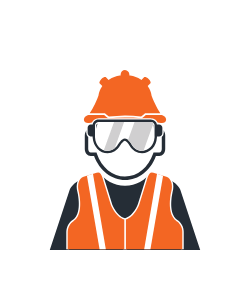While there is an assortment of elevated work platforms that you can hire for use at your industrial premises, none is as versatile as scissor lifts and this is not without reason. For starters, they come in a wide variety of platform sizes so you have the flexibility of choosing one depending on the number of employees that will be working on it. Secondly, you have the option of the mobile variety that is portable enough to be transported to different parts of your commercial property.
But while this type of access equipment is not complicated to operate, you should not take for granted how heavy it is. Improper handling will not only lead to damage to your products but can also translate into serious injuries. Therefore, if you choose to hire this equipment without an operator, there are several guidelines that you should adhere to. This article highlights two fundamental safety measures to take when you opt for scissor lift dry hire.
Do not exceed the maximum gradient for scissor lift stability
As with most types of equipment, scissor lifts should only be operated when they are stable. And the best way to maintain the stability of the equipment is to position it on flat ground. Nonetheless, there may be instances when you need elevated access on a particular area but the ground is sloped. In such instances, it is critical never to exceed the maximum working angle stipulated in the operator's manual.
The blunder that some industrialists make is thinking that since the equipment appears to be steady then they can risk working at a higher gradient than what has been defined. The problem with this approach is that once you add the weight of the operators on the platform and the weight of the tools or materials they will be working with, the scissor lift will tilt and can topple over.
Do not exceed the weight and load competencies of the scissor lift
The second safety consideration that you need to have when dry hiring a scissor lift is the weight capacity of the equipment. One of the benefits of scissor lifts is that they are available in varying load-bearing capacities to suit different jobs. However, this does not mean that you should simply hire the first scissor lift that you come across. You must have a record of the highest loads you expect the scissor lift to bear.
When taking these loads into account, ensure you are not narrowing it down to the materials that will be on the platform. Instead, include the weight of your operators and the weights of the different tools that could be in use. Lastly, you should also inform the equipment provider of the highest elevation you would need to reach with the scissor lift, as maximum load competencies become higher the taller scissor lifts are.
For more information, contact a local scissor lift hire.
Share
